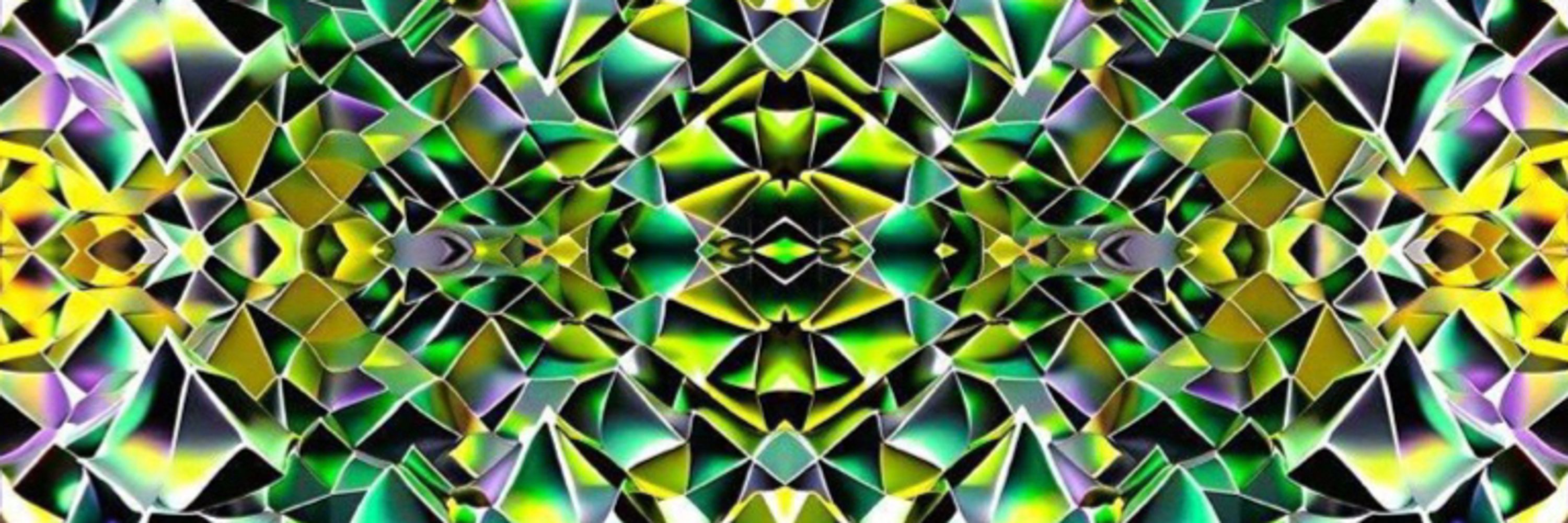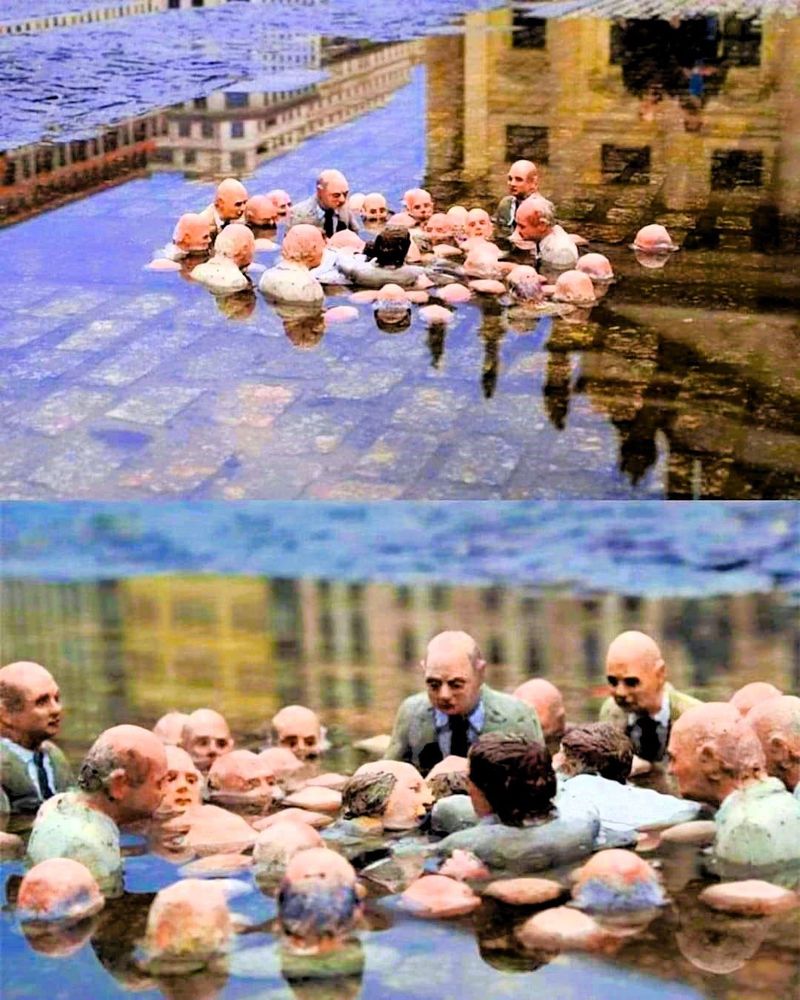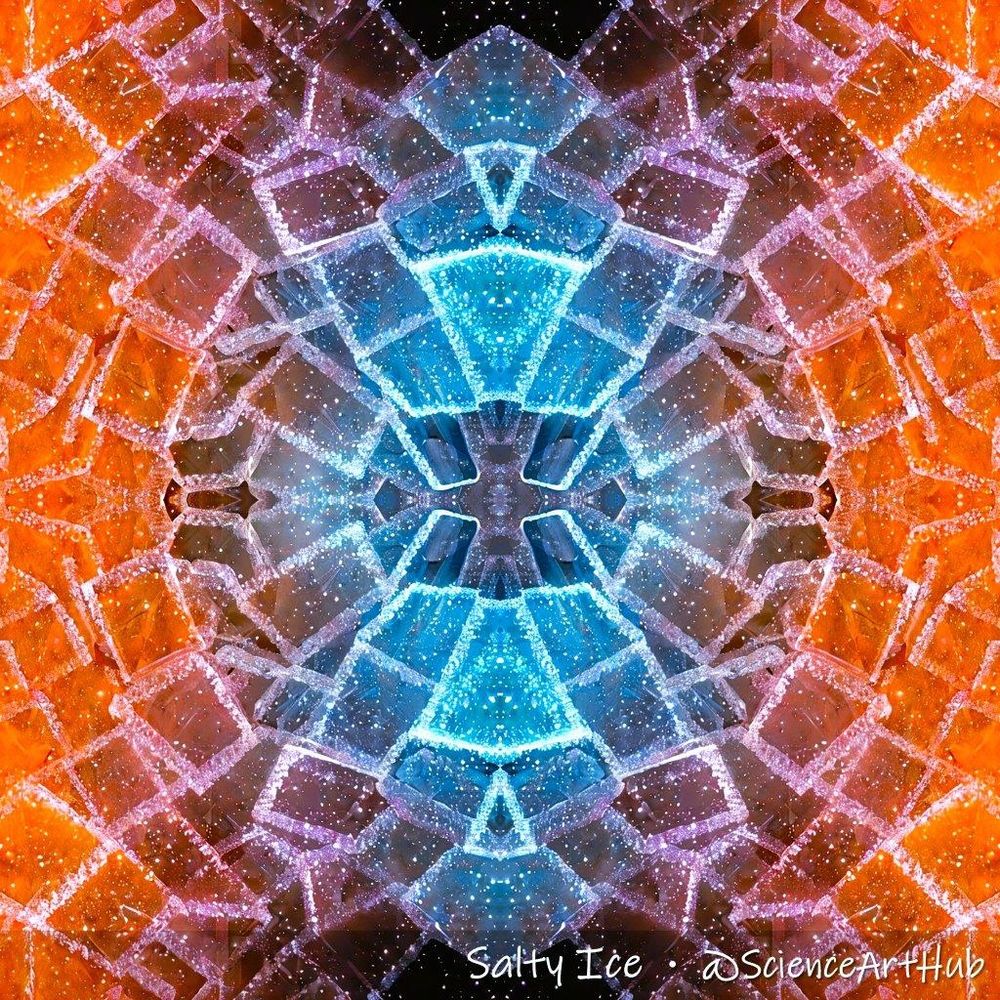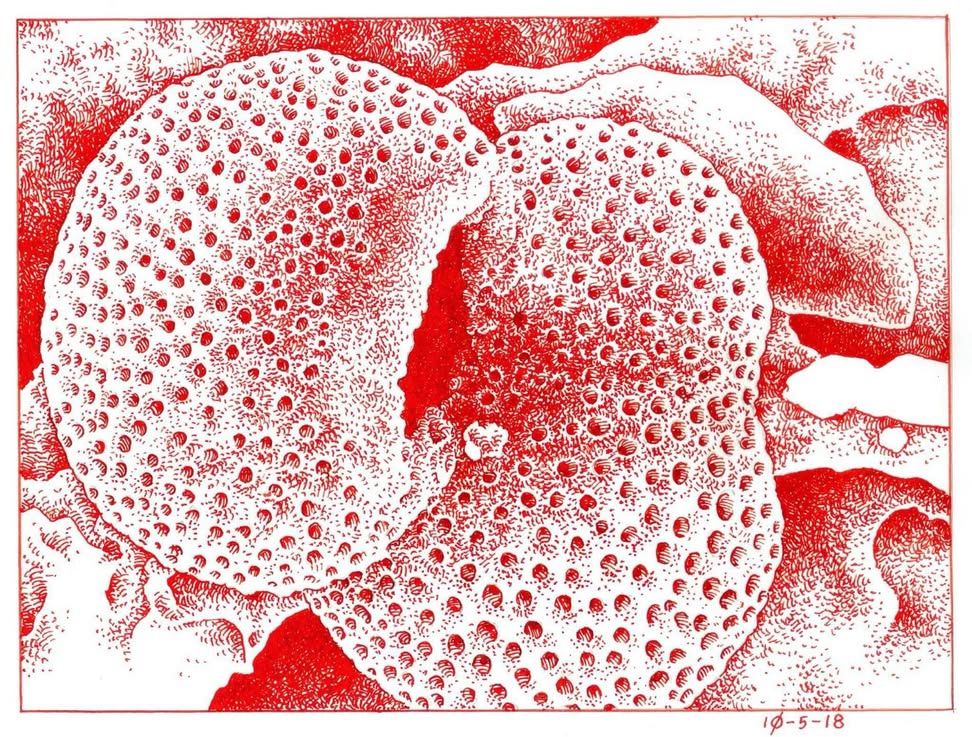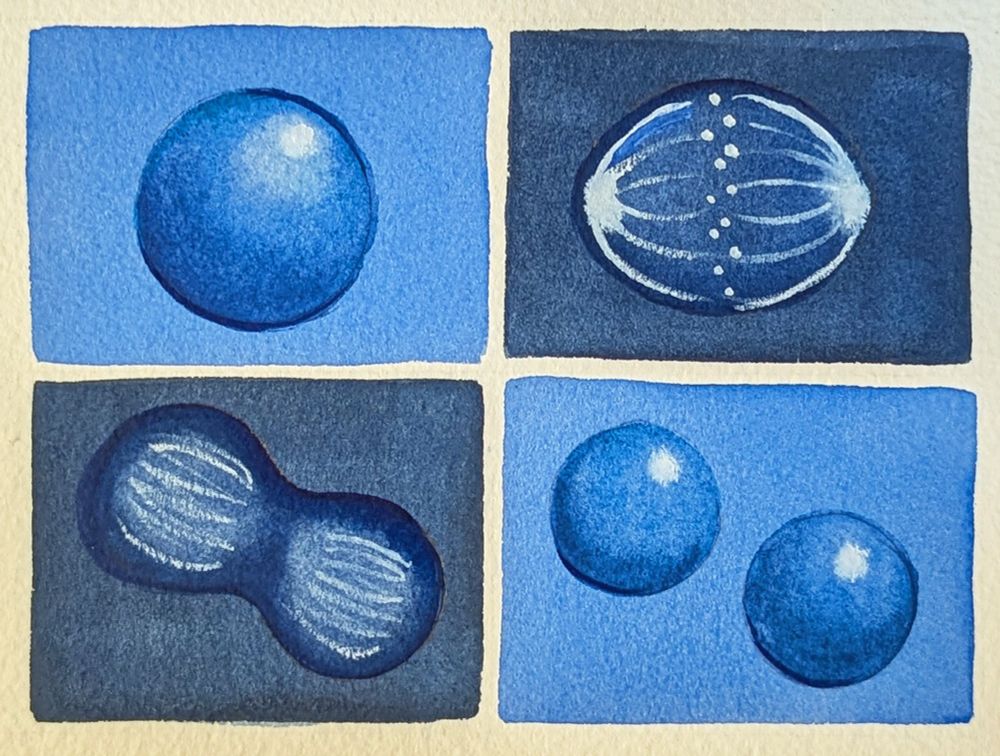ScienceArtHub
@sciencearthub.bsky.social
260 followers
220 following
50 posts
All about Intersection of Science & Art | Outreach Project by Alex Kirillov & Research Team at University of Lisbon-IST @MINDlabpt.bsky.social & https://MINDlab.pt | #SciArt & #SciComm for #Science #Education
https://instagram.com/ScienceArtHub
Posts
Media
Videos
Starter Packs
Reposted by ScienceArtHub
Reposted by ScienceArtHub
Reposted by ScienceArtHub
Reposted by ScienceArtHub
Reposted by ScienceArtHub
Reposted by ScienceArtHub
Reposted by ScienceArtHub
Reposted by ScienceArtHub
Reposted by ScienceArtHub
Reposted by ScienceArtHub
ScienceArtHub
@sciencearthub.bsky.social
· Aug 26
Reposted by ScienceArtHub
Reposted by ScienceArtHub
Reposted by ScienceArtHub
Reposted by ScienceArtHub
Reposted by ScienceArtHub
Reposted by ScienceArtHub
Reposted by ScienceArtHub
Reposted by ScienceArtHub
